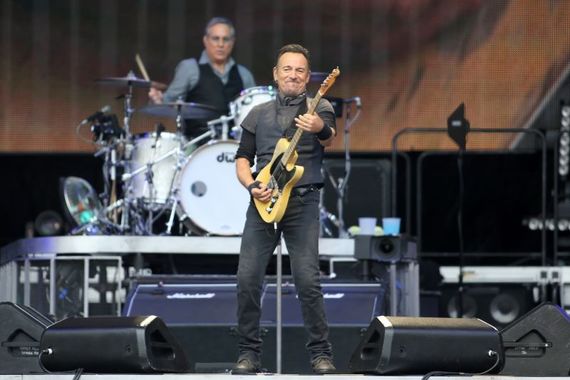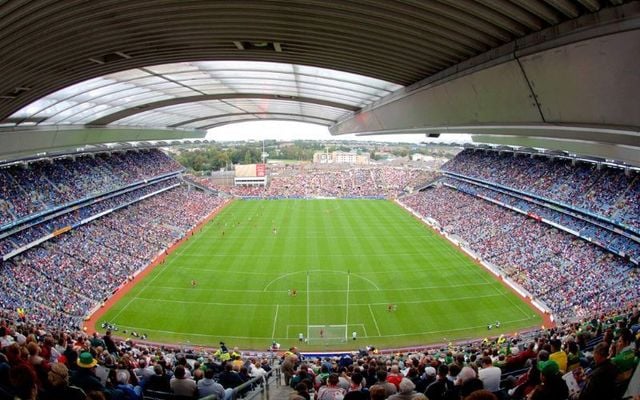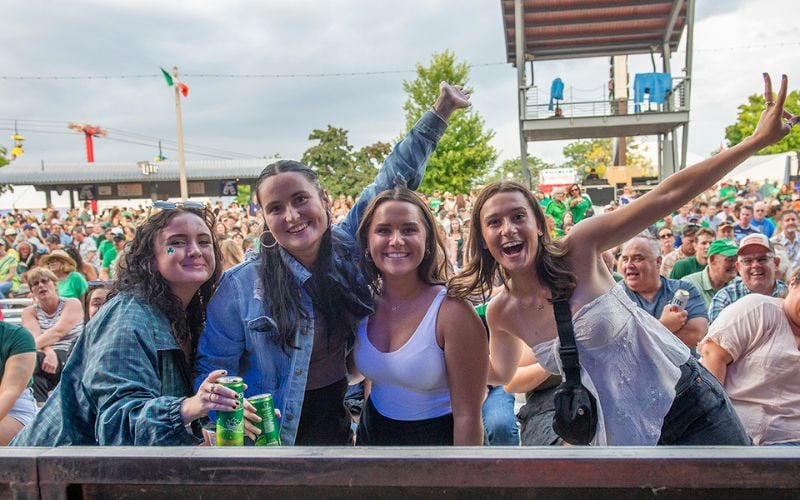Croke Park, the home of Ireland’s Gaelic Athletic Association (GAA), is not only at the center of Gaelic football, hurling and camogie it’s the heart of a major international community and the epicenter of Dublin city.
Since 1884, Croker, as it’s known to Dubliners, a stadium that holds 82,300 people, has served as the primary host for Gaelic games, most notably the annual All-Ireland finals in football and hurling.
Here are some facts about the famous Dublin stadium you may not know...
Big crowds
Croke Park is the fourth largest stadium in Western Europe behind Barcelona's Nou Camp (99,786), Wembley in London (90,000), and the Bernabeu in Madrid (85,454). Not too shabby for a small island like Ireland.
Not the GAA!

Bruce Springsteen playing Croke Park.
While Croke is certainly the home of the GAA, that’s not the only use the stadium has had over the years. It has hosted several major international music acts, including U2, Coldplay, Garth Brooks, Bruce Springsteen, Tina Turner, Garth Brooks, One Direction, The Police, and Take That, to name just a few.
In 2003, the Dublin stadium was used for the opening and closing ceremonies of the hugely successful Special Olympics.
In January 2006, the GAA reached an agreement with the Football Association of Ireland and the Irish Rugby Football Union to stage Six Nations games and soccer internationals at Croke Park.
Croke Park has even played host to the Pope. In June 2012, Croker was used to host the closing ceremony of the 50th International Eucharistic Congress, which was addressed (via video) by the now Emeritus Pope Benedict XVI.
How much?
In 1913, the GAA became the exclusive owner of the Jones' Road sports ground. They purchased the property for $4,633.54 (£3,500) from Frank Dineen.
The sports ground was then renamed Croke Park after Archbishop Thomas Croke, one of the GAA’s first patrons.
“Hill 16 la la la” - Easter Rising
In 1917, rubble from the 1916 Easter Rising was used to construct a grassy hill on the railway end of Croke Park pitch. This terrace is still known as Hill 16.
Bloody Sunday - War of Independence
The darkest day in Croke Park’s history was “Bloody Sunday," November 21, 1920. 14 people were killed by the British army during a football match between Dublin and Tipperary. Officers opened fire on the crowd after spies working for the Irish rebel Michael Collins killed 14 British intelligence spies earlier that day.
The Hogan Stand was named after one of the men killed that day, the Tipperary team captain Michael Hogan.

Are you planning a vacation in Ireland? Looking for advice or want to share some great memories? Join our Irish travel Facebook group.
Record-breaking
The biggest crowd at Croke Park was in 1961 when 90,556 fans watched Co Down play Co Offaly in the All-Ireland Football Final.
Revamp
Talks about redeveloping the GAA hub began in the 1980s. The new stadium was opened in 1991 with a capacity of just over 80,000. The final phase of the new stadium began in September 2003. This involved the redevelopment of the Nally Stand and Hill 16.
* Originally published in 2017. Last updated in Jan 2024.




Comments